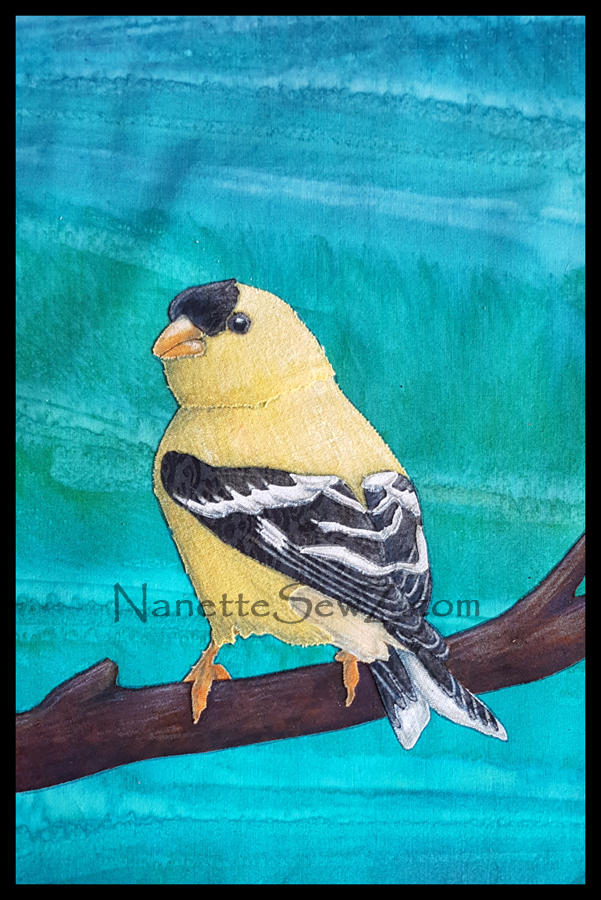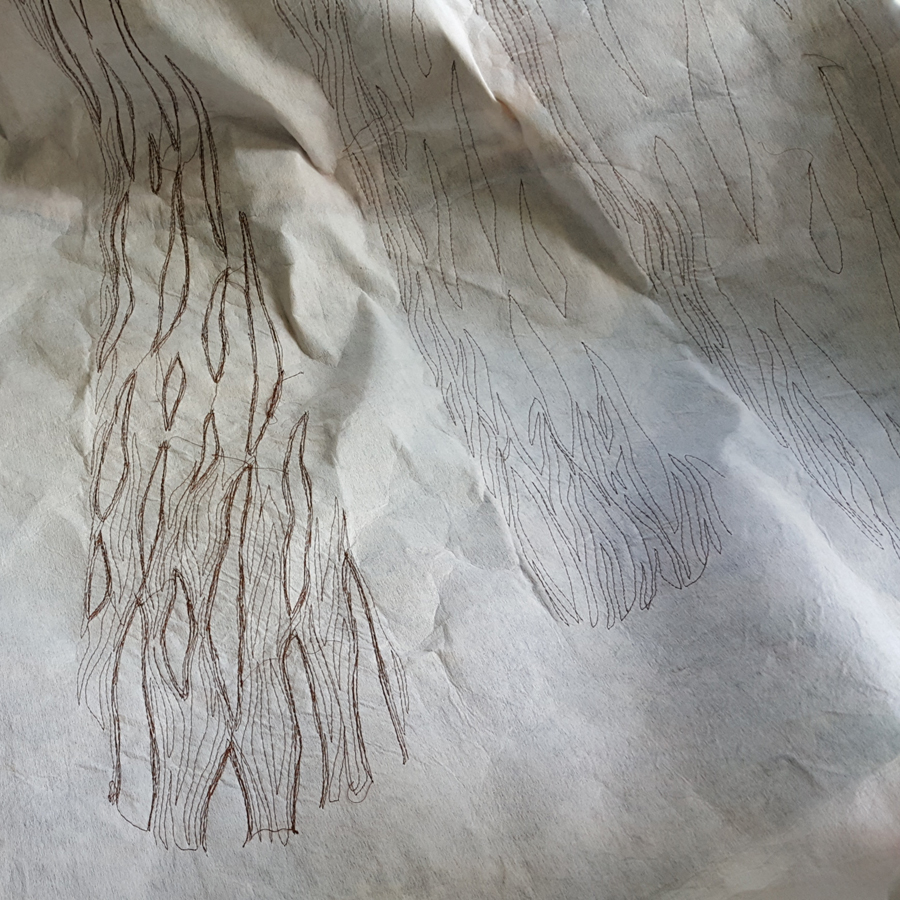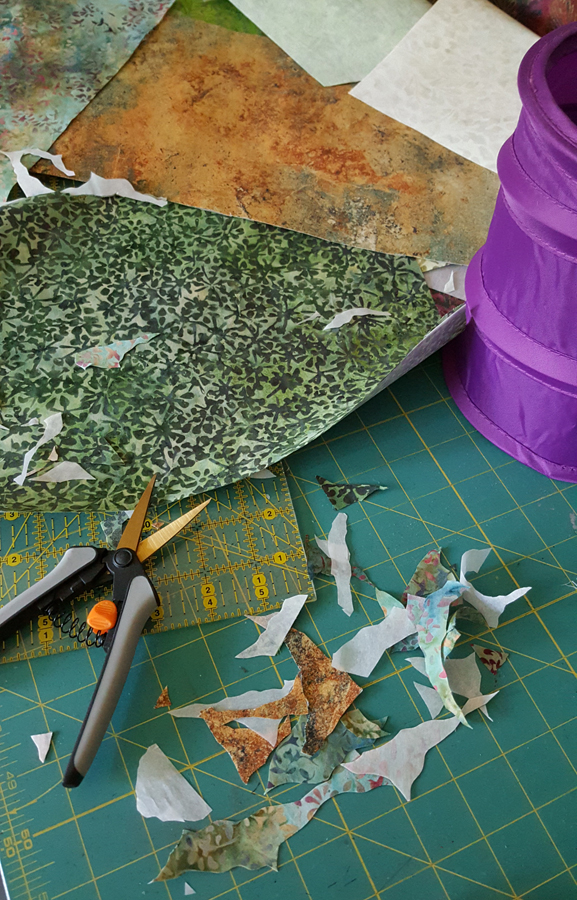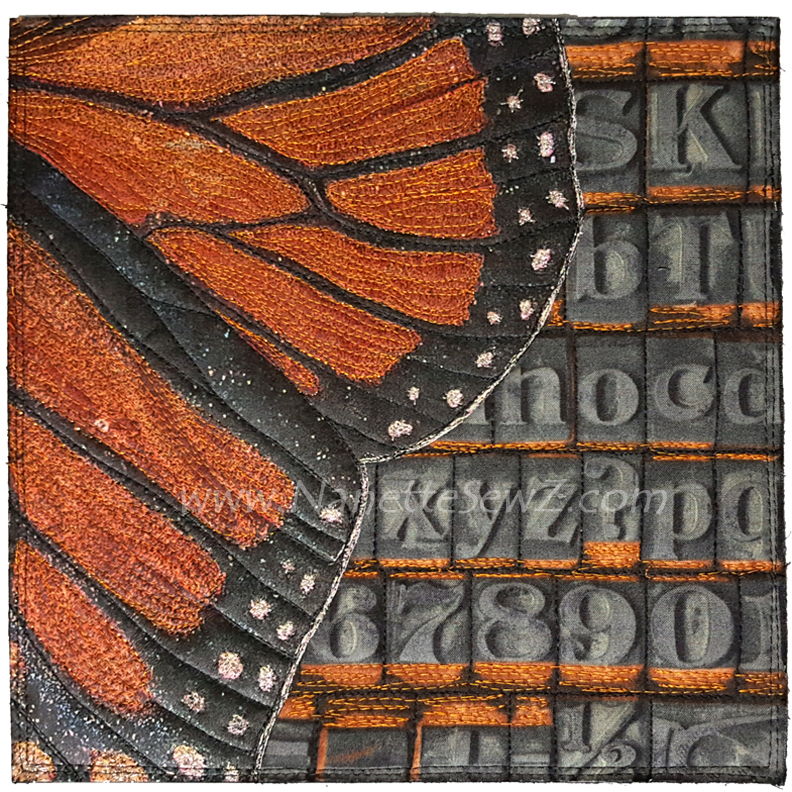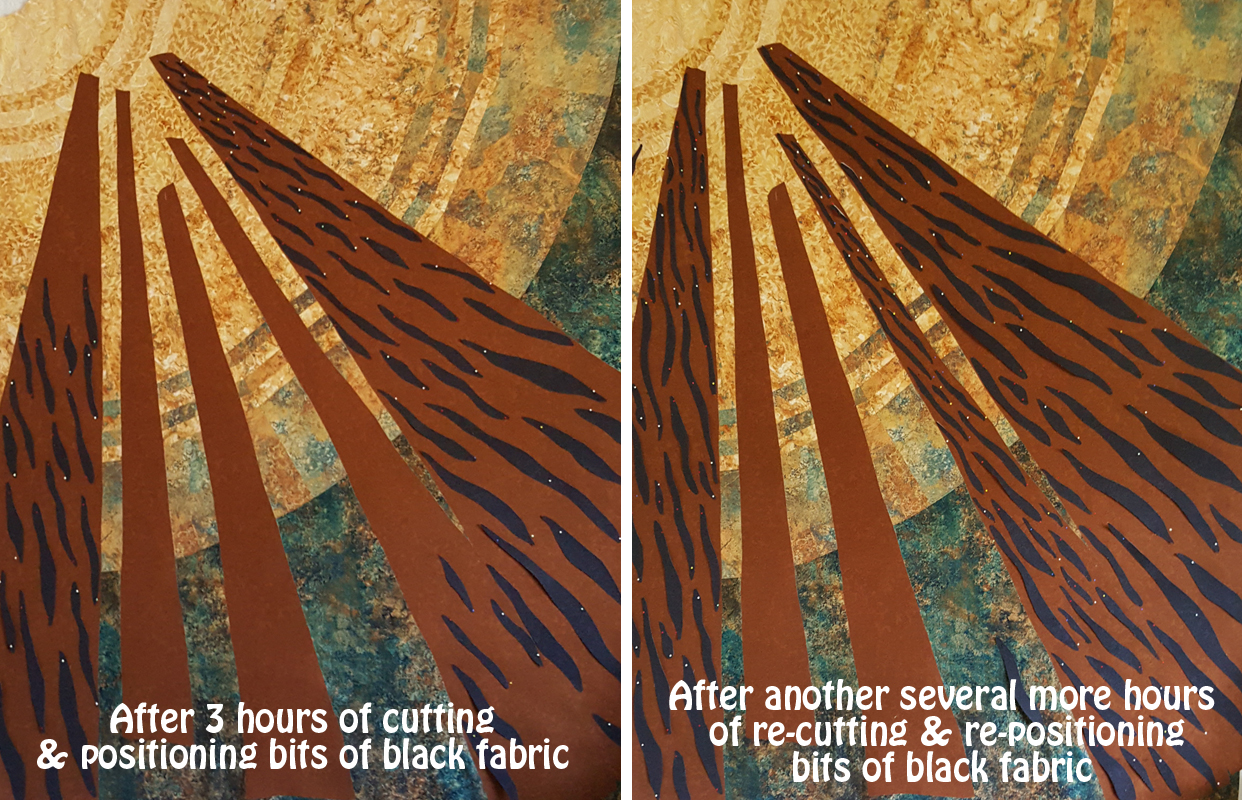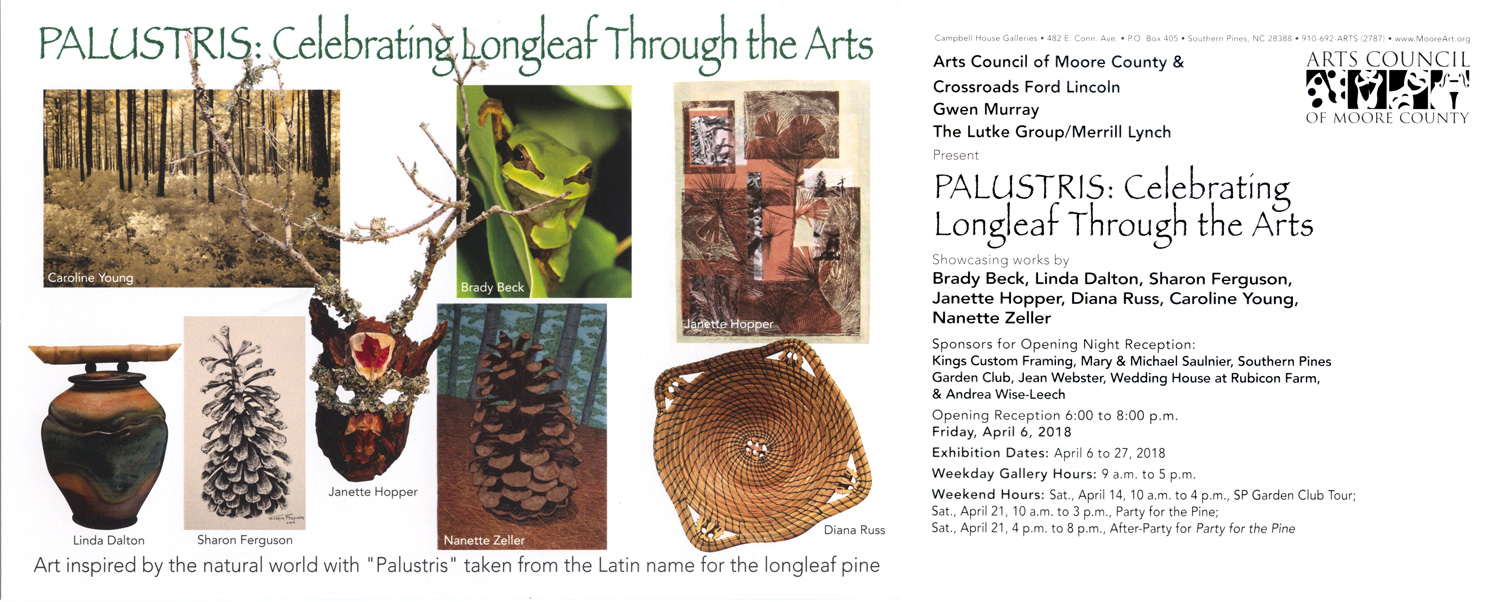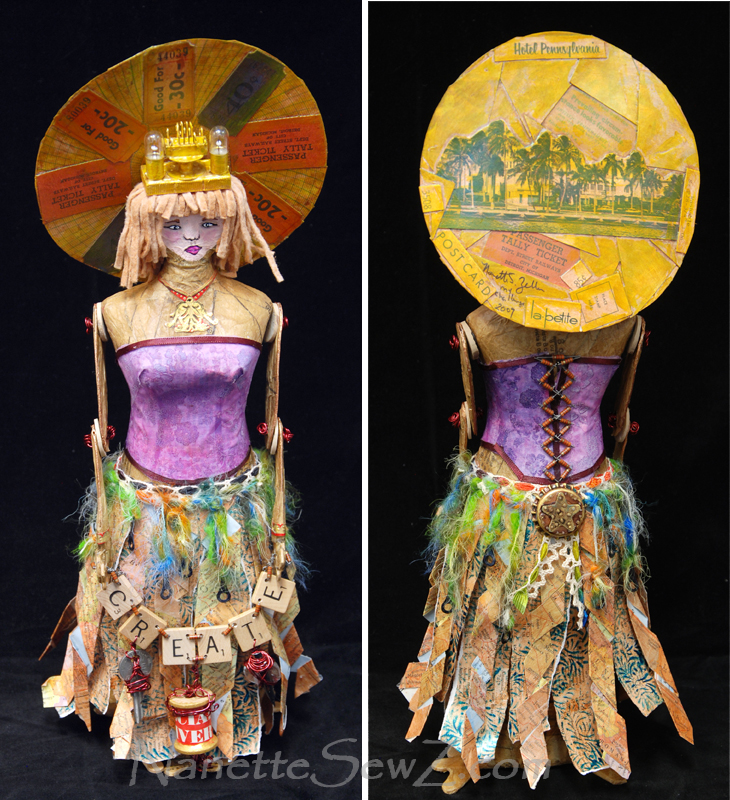
I wonder why people create. I’ve been thinking a lot about this lately. There are some of us who create for the pure joy of making something, there are others who make to give away, there are some who create things to make a statement, and even people who create hoping to be seen.
Recently I’ve been making art quilts which are meant to be statements pieces. In making my art I’ve also realized I do it to be seen. It may sound a little narcissistic, but why else would you put in a purposal for a solo show or enter an art exhibit? You obviously have something you want people to see otherwise you’d keep it from hanging in public view.
Some of this for me is also about leaving a legacy. When I die only 2 things will remain: one is people’s memories of me as the person and the other is any object I’ve created. Memories fade fast, but material objects created by a person can last a very, very long time.
Have you ever watched the Antiques Roadshow? On the show, people bring in their “finds” and are educated about the object. I am always so fascinated when the expert starts sharing the history of the people who created the piece. I’ve seen it with paintings, furniture, jewelry, and all sorts of objects. They tell stories about the object and stories about the creator. Sometimes the expert can recite facts from over 100 years ago. How exciting that the artisan is still being remembered for what they did so very long ago. There’s a legacy.
Do I really expect my work to last centuries? No, absolutely not. I use textiles. There are things I can’t control about longevity. I’ve seen quilts from the last century made from beautiful silks or cute little calico prints which have disintegrated over time. They didn’t know back then that some of the dyes which colored the fabrics would eat away at the fibers or would fade so badly that a bright red fabric would turn tan.
We’re much more cautious now and the textile industry tests their products. Do I really know for sure that the materials will survive 100 years or more? No. Sunlight can be suicide to any fabric (I keep my textile pieces stored in a dark closet). I can only hope that the fusible products, synthetic adhesives, fixatives and starches, or even the dyes in the fabrics don’t contribute to decomposition. But really, I don’t stress about these things.
As much as I would love to think that 100 years from now one of my art quilts will be considered a prize possession, I know that’s unlikely. I do take caution in what I use. I don’t knowingly do things that will damage my art, but I don’t obsess about the archival quality of a product I’m using. Like a memory, I know in time what I make will disappear.

